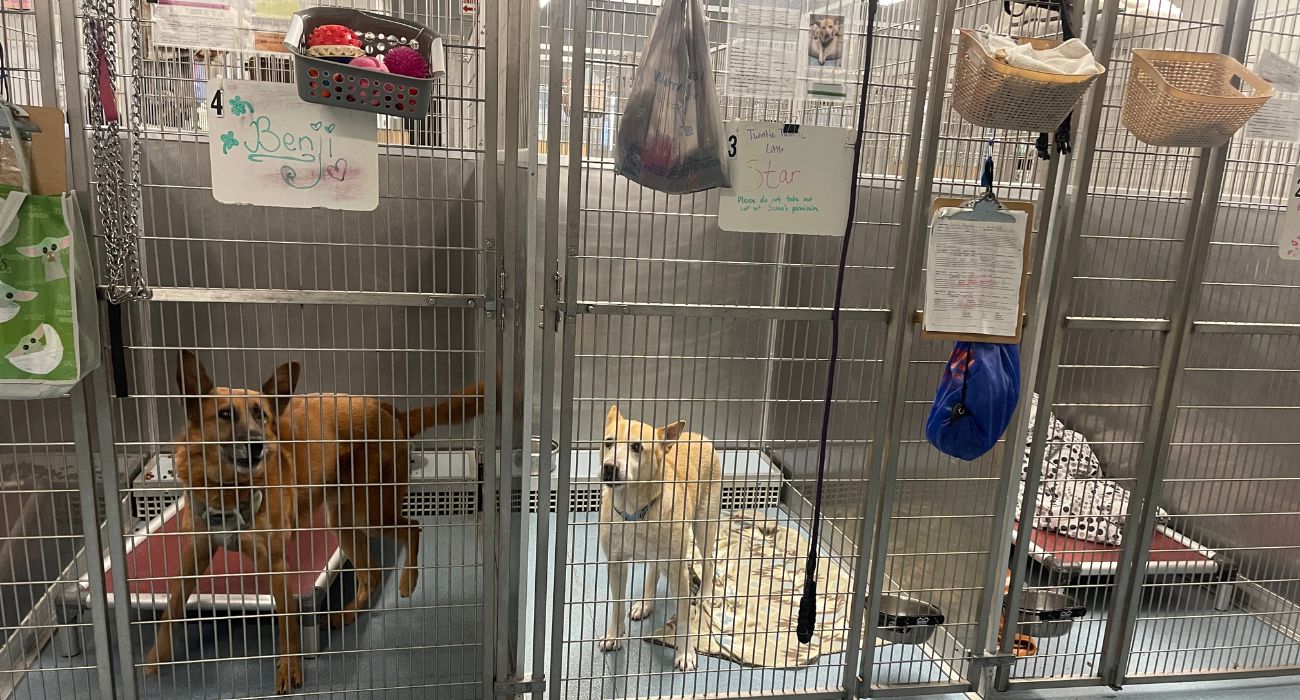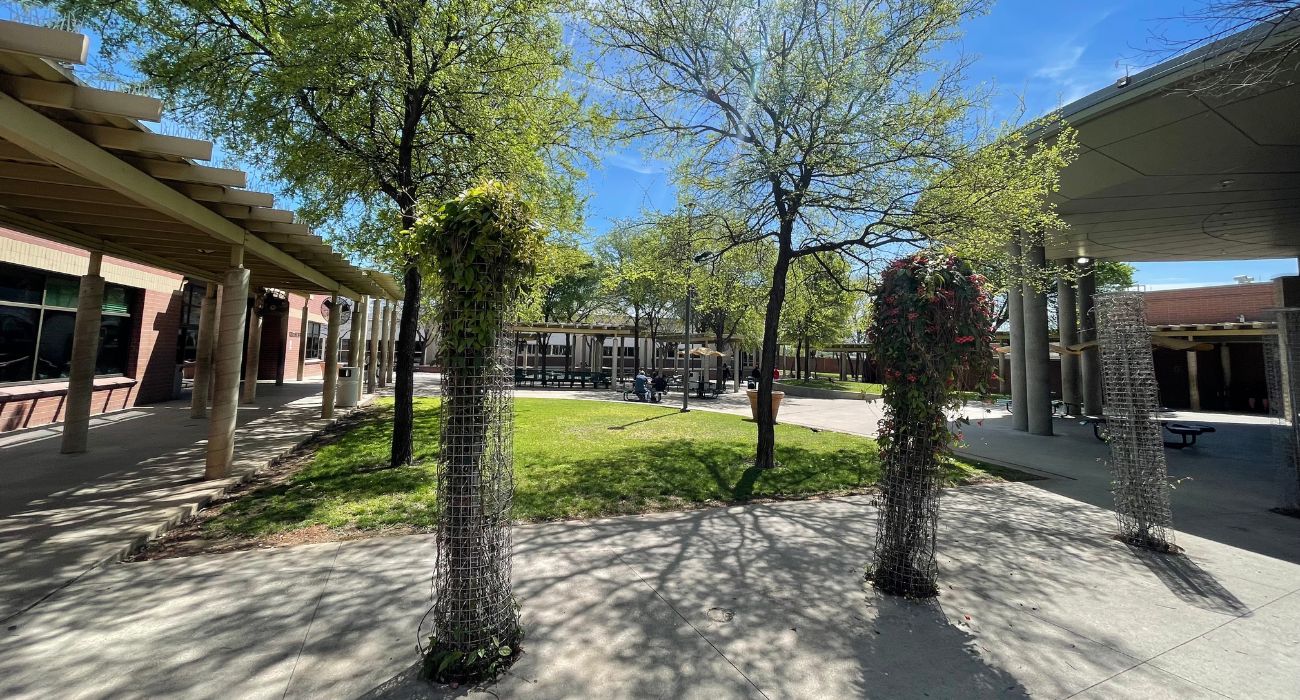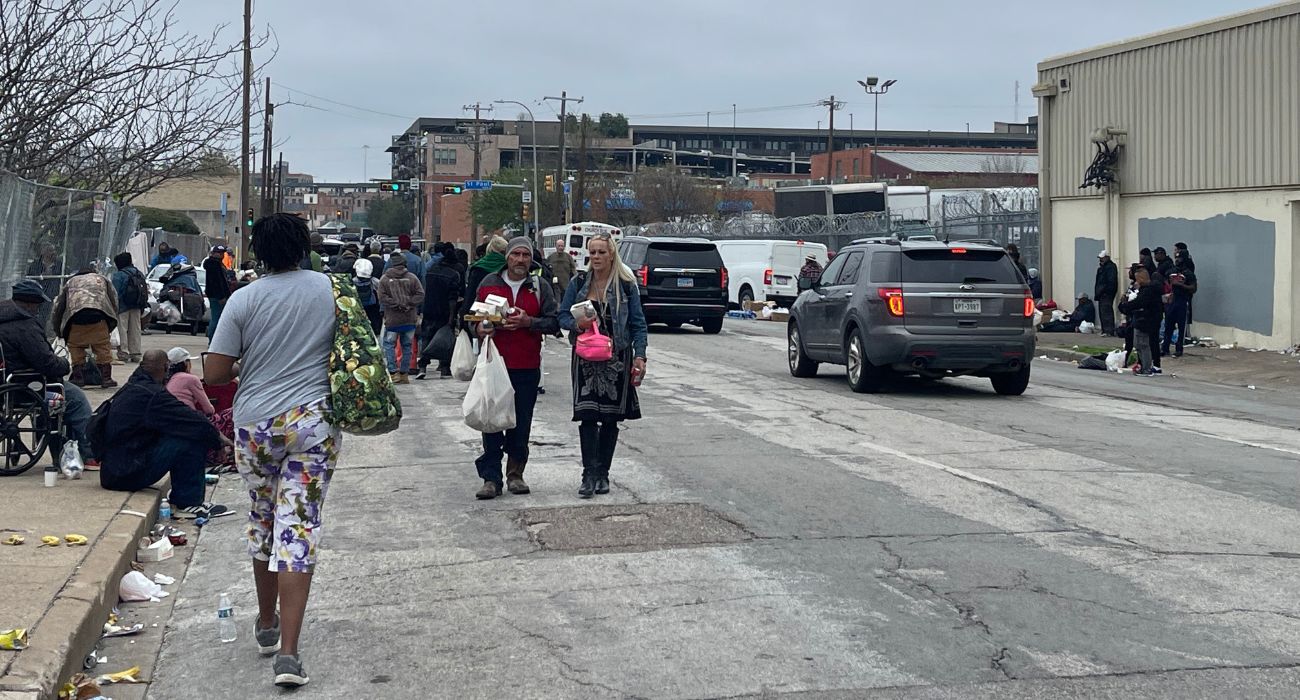City dwellers are often faced with a snap decision and a moral dilemma over whether to give a homeless person food or a few bucks to buy a meal.
To street feed or not to street feed, what should you do? Dallas’ homeless intervention professionals say that we should not give to the streetside homeless because we could be denying that person a chance at recovery.
“Street feeding” is a phenomenon observed all over the city. However, nowhere is street feeding more visible than on Cadiz Street.
People appear in Government Plaza on Cadiz Street every day to be fed by various groups and individuals. Some days, like lunchtime on Saturdays, people come from all over the city to feed or be fed.
The Bridge is a homeless intervention and recovery center located nearby on Corsicana Street, and they are a leading voice in opposing the practice of street feeding.
Street feeding is a small action that has a large impact on The Bridge and the people they serve –– but Bridge staff say the impact is not positive.
“Folks don’t understand how it impacts our ability to engage [the homeless],” Dr. David Woody, president and CEO of The Bridge, told The Dallas Express. “It hurts us that street feeding is allowed here [on Cadiz Street].”
Food is what draws many homeless people to The Bridge. The organization served over 15,000 meals in 2023 to over 5,000 individuals.
But there is a difference between a meal from The Bridge and a handout on Cadiz Street. When someone eats at The Bridge, he is immediately surrounded by resources and services that are meant to get to the root of what caused the recipient to be homeless.
The primary goal of The Bridge is to keep people out of the cycle of homelessness.
Sometimes that can be achieved through “diversion,” a program designed for people on the edge of homelessness who may be sleeping in their car or running out of friends’ couches to surf. Helping them “may be as simple as getting them a bus ticket to their Aunt Judy’s in Nevada,” Jill Gamble, The Bridge’s grant manager, told DX.
Other times this requires more intensive intervention.
Almost every staff member at The Bridge will tell you meals are how they “build relationships” and lead recipients back to productive lifestyles.
“You can donate a tent or give out a basket of food, but they are still sleeping on the concrete,” Gamble said.
If a meal gets someone through the door, The Bridge offers housing, programs engineered to help the homeless re-enter society, psychological help, and other medical resources like access to detox care.
They can also help homeless adults access social programs like Social Security and VA Benefits.

Images by Kellen McGovern Jones/The Dallas Express
Notably, The Bridge is the only homeless shelter in the area that allows its “Guests” — with a capital “G,” as The Bridge calls them — to bring their dogs.

This is important because “the dogs are the only thing that stayed loyal to them,” Gamble said.
Guests are expected to care for their dogs, and their canine companions can get access to medical care, shelter, and a warm bath.
However, The Bridge is not Supermarket Sweep: it aims to be more than a giveaway. It balances its sense of charity with a sense of discipline.

In these situations, The Bridge holds its Guests to a high standard.
“Just because we are low barrier [to access] does not mean [we allow] drug use,” Gamble said.
Guests submit to an airport-style screening when they enter the facility, and they are expected to make progress toward building a better life for themselves. Guests also play a role in cleaning up and caring for the garden.
Meanwhile, they can get haircuts, apply for jobs, and learn proper social etiquette and practical workforce skills.
Although receiving Social Security benefits may necessitate that Guests give a certain amount of information about their identity, The Bridge allows them the privacy of choosing what biographical information they deem appropriate to share.
All of these services are free of charge, but sometimes a potential Guest may not be introduced to the organization’s resources unless he is nudged by hunger to go there for a meal.
As for the meal itself, The Bridge raises objections about the healthiness of most food commonly given out when street feeders gather in Government Plaza.
DX previously reported that Williams Fried Chicken has been one of the most prominent types of food given to street feeders.
“This poses a significant health problem … a hamburger or a clamshell is not healthy for the homeless,” Woody told DX. “Coleslaw that has been in your trunk for three hours can make you sick.”

There are other, broader community health concerns.
Often, the styrofoam and plastic wrappers and cups that accompany this food end up on the ground around Government Plaza.
There are no trash cans on the section of Cadiz Street where the feeding happens. Consequently, trash piles stack up in the gutters and on the curbs.
Further, governmental social services are conspicuously absent, and there is no access to immediate EMT care like there is at The Bridge.
Woody identified street feeding as deterring “entry to a sustainable homeless solution,” adding that it “affirms a notion that someone is going to solve your problems for you.”
Is this a message of personal responsibility? “Yes,” Woody answered, but it is also a message of “contemplation.”
He believes street feeding eliminates, or at the very least delays, the need for homeless individuals to “contemplate how they got here.”
“Street feeding feeds tummies, not minds,” he said.


